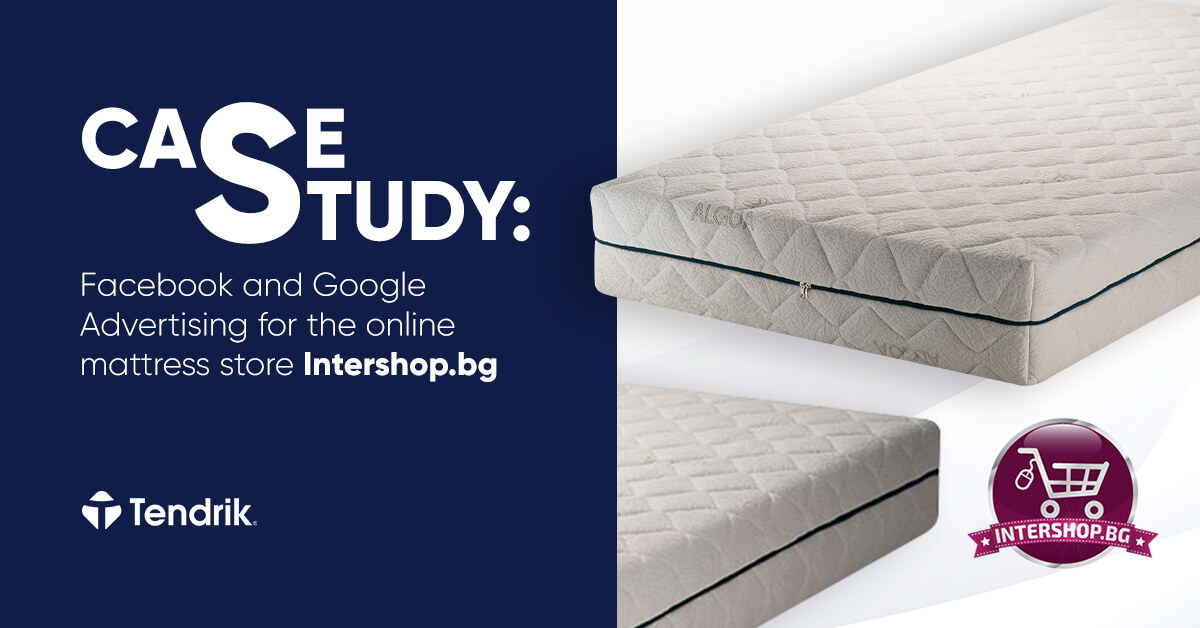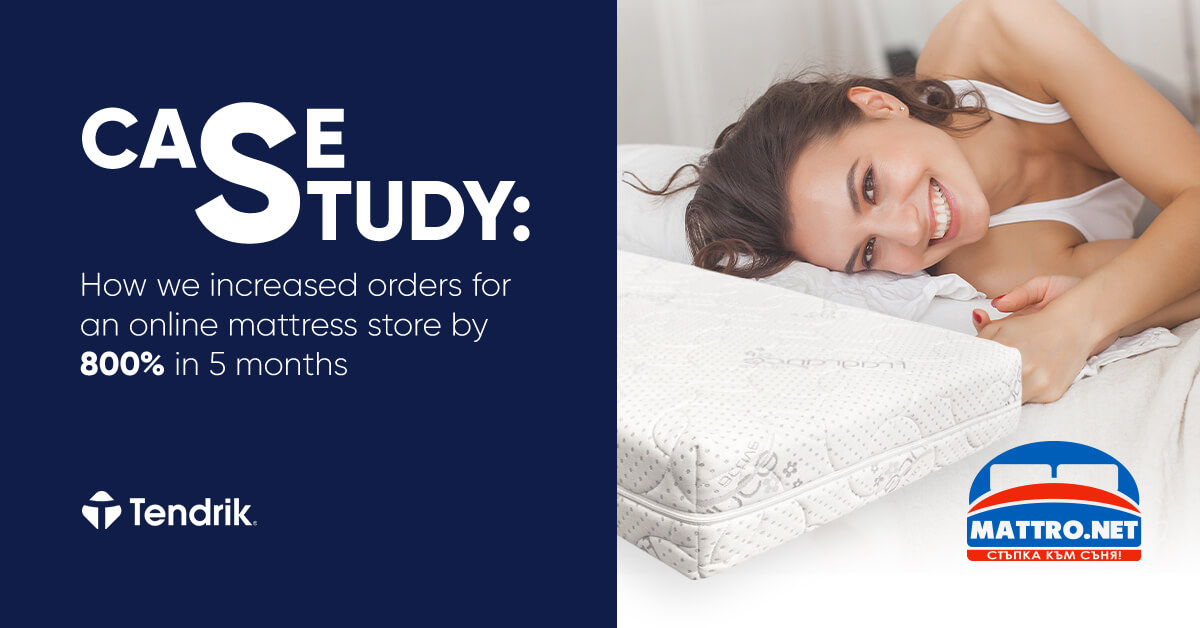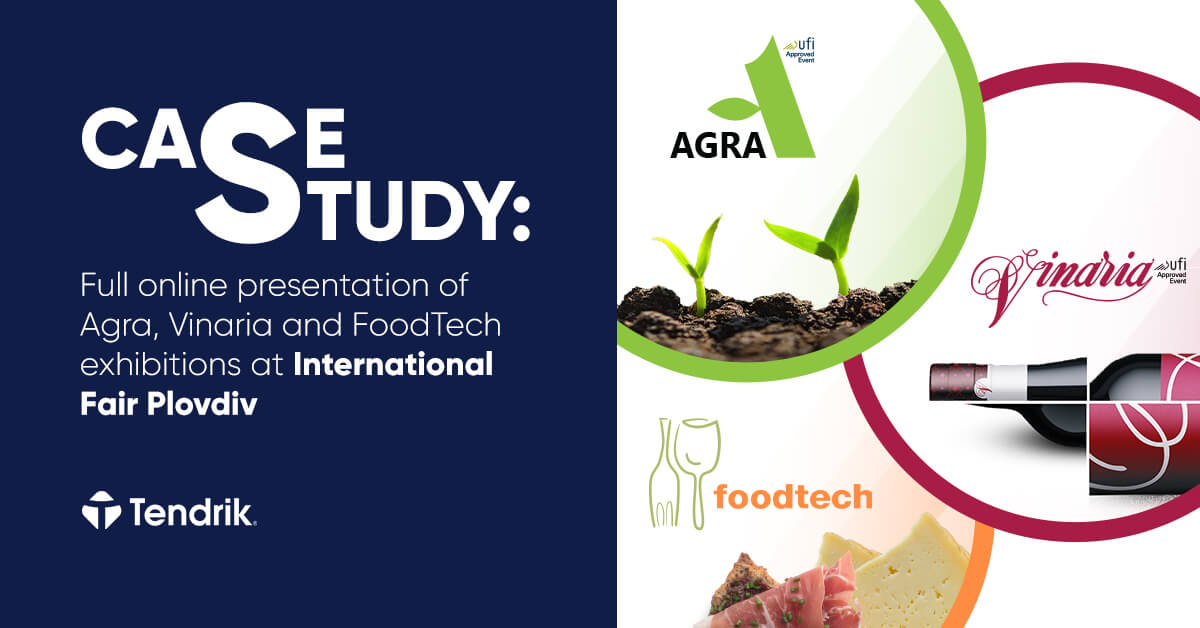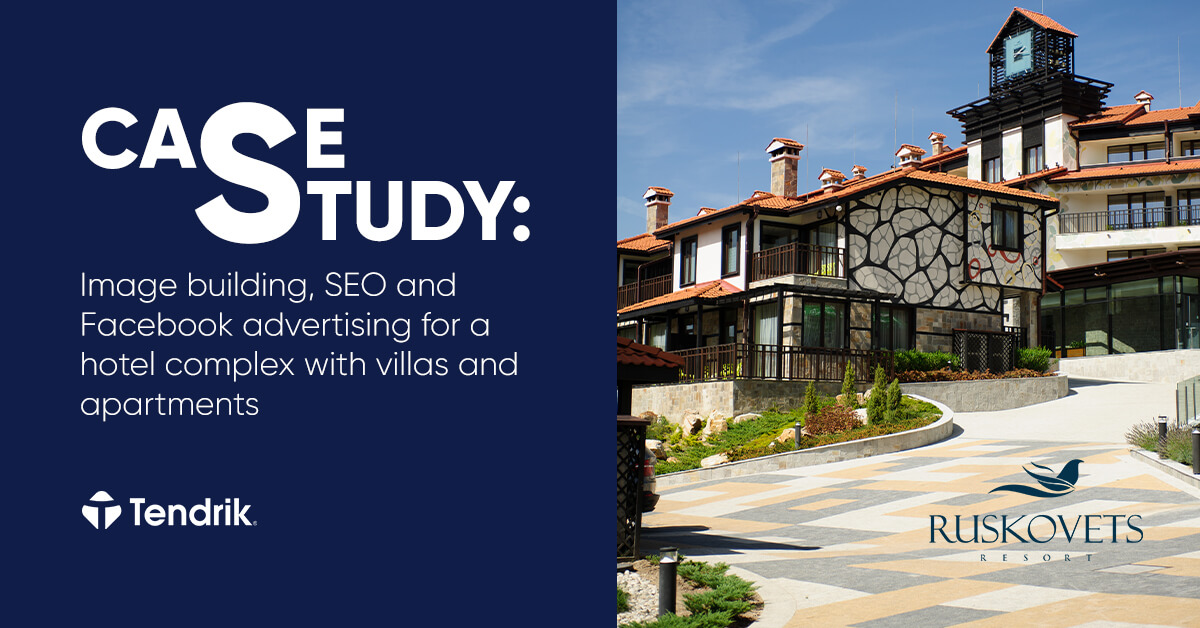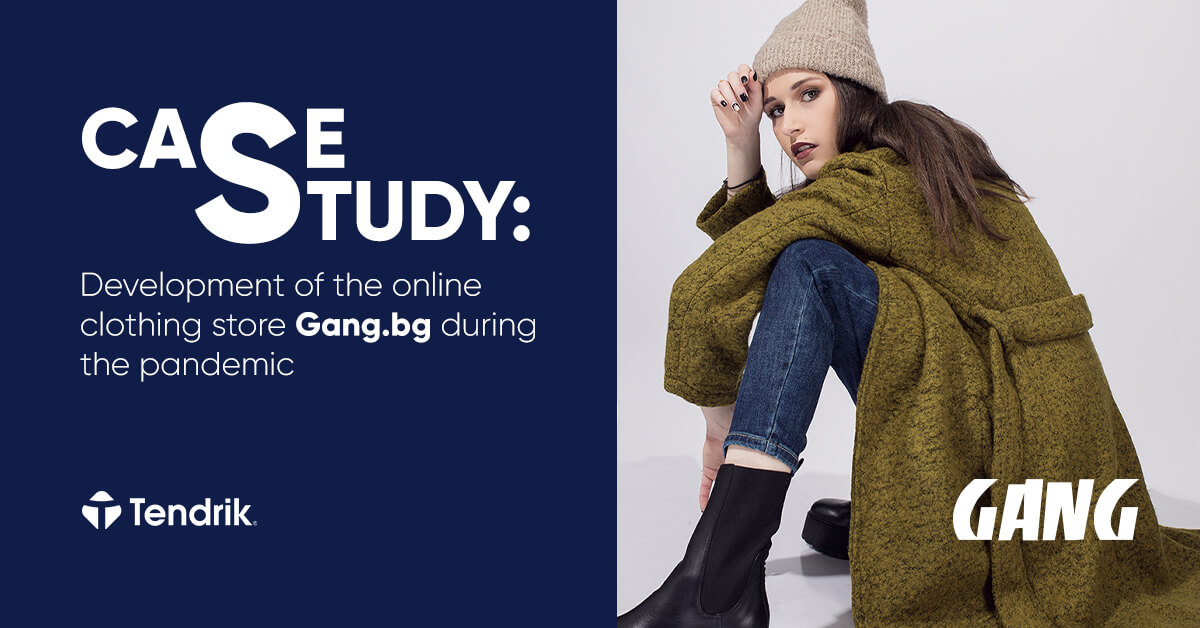With the advancement and development of the digital era, more and more consumers prefer to shop or explore market opportunities online. It is a fact that emotional purchases, valued up to 25 EUR, are relatively easier to find in digital environments compared to products with a higher value.
We also know that through persistence, determination, and a good strategy, every business can thrive by maximising the effectiveness of its Internet advertising efforts.
Marketing mattresses is a highly specific task that requires in-depth knowledge of the subject matter and detailed research on the competition. We analyzed the best offers from our client, featuring some of the most popular products in targeted advertising campaigns aimed at personalized audiences interested in the field. We used dozens of Lookalike audiences, and here are the results we achieved in just a few months.
How did we start working together?
Intershop.bg is an online store that offers mattresses, top mattresses, bed frames, pillows, complete bedroom sets, and many other products. The client already had established advertising accounts that generated results, but needed to be more successful in terms of conversion cost.
Along with the significant competition from well-established brands, we were faced with the challenge of how much we could reduce the cost of acquiring a new customer.
We began by researching the market niche and analyzing our client’s main competitors – the channels, and promotional offers they use. We clearly defined the advantages of Intershop.bg and proceeded with specific actions.
Marketing
Facebook and Google ads
We started working in October 2019. At the beginning of our work on the advertising accounts, the cost per sale on Facebook was unacceptably high for acquiring new customers, without any retargeting campaigns to attract users who had already visited the website or performed other actions on it.
In Google Ads, the conversion cost was also quite high, again without any retargeting campaigns running. The overall Return on Advertising Spend (ROAS) for all campaigns was 13.21, which was an unsatisfactory result for our client. The cost per click was $0.07, which is a good result, but the audiences were not well-targeted, resulting in low-quality conversions.
How did we improve results?
- We launched retargeting campaigns in both channels.
- We reallocated the advertising budget between the accounts, significantly reducing it during testing.
- We conducted research on advertising audiences that engage with content on Facebook.
- We conducted research and added new keywords to the Google Ads account, discontinuing all previous campaigns.
- We limited unwanted traffic from audiences resulting from broad keyword matching.
- We tested different ad messages and formats to determine what is most appealing to potential customers.
- We created themed campaigns aimed at attracting a new audience to the website.
During the first quarter, we tested various designs to create visually appealing experiences for potential customers of Intershop.bg. We experimented with different formats and colours, and during the Black Friday campaign, we utilized vibrant colours that stand out on mobile and desktop devices.
By creating new visuals, we continuously analyzed and optimized the campaigns to achieve the best possible results.
We continued to test different visuals and advertising messages, relying on a slogan and personalized illustrations for the client. Our goal was to make the banners not only attractive and eye-catching, but also modern and creative, establishing a positive mood among online users.
Results
Facebook ads
We increased the advertising budget for this channel, creating over 50 new audiences to target with Intershop.bg products. During the first quarter, we tested various options and additional integrations to optimize results. We filtered out the practices that yielded the best results and gradually began to increase the budget. As a result, in May 2020, the conversion cost on Facebook decreased by 66%.
How did we achieve it?
- We created a personalized user funnel for the client;
- We set up ads with different objectives targeting each segment of the funnel;
- We optimized the results on a daily basis.
Over a period of eight months (from the beginning of the project to the end of May):
- We created over 30 advertising campaigns;
- We used 142 different audiences;
- We published a total of 275 ads;
- The ROAS reached 25.90;
- The conversion cost decreased by 66%!
Google Ads
At the beginning of our partnership, Google Ads results were also unsatisfactory. The conversion cost was relatively high, and the ROAS was 0.70. Gradually, we started testing different campaigns, ad groups, and ad messages. After the first quarter, we had clear and stable results as a result of the testing. We gradually increased the advertising budget, and the conversion cost reached a 50% reduction! Thus, using the same advertising budget for the client, we generated twice as many orders. We ultimately achieved a ROAS of 9.40!
How did we achieve it?
- We created retargeting campaigns towards existing clients and website visitors.
- We created 15 campaigns and added over 110 ad groups.
- We used more than 800 keywords.
- We created dynamic ads.
And of course, we continuously monitor the results and optimize the campaigns to extract maximum benefits for our clients!

